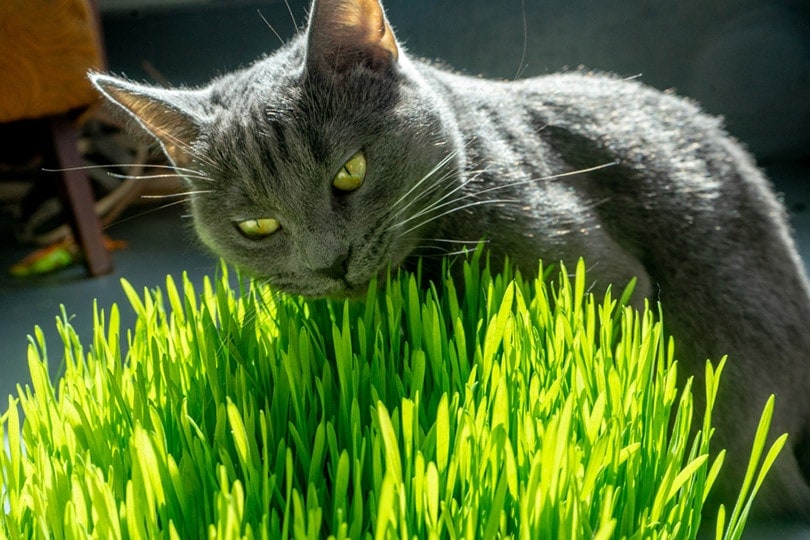10 Surprising Feral Cat Facts You Need to Know!
Updated on
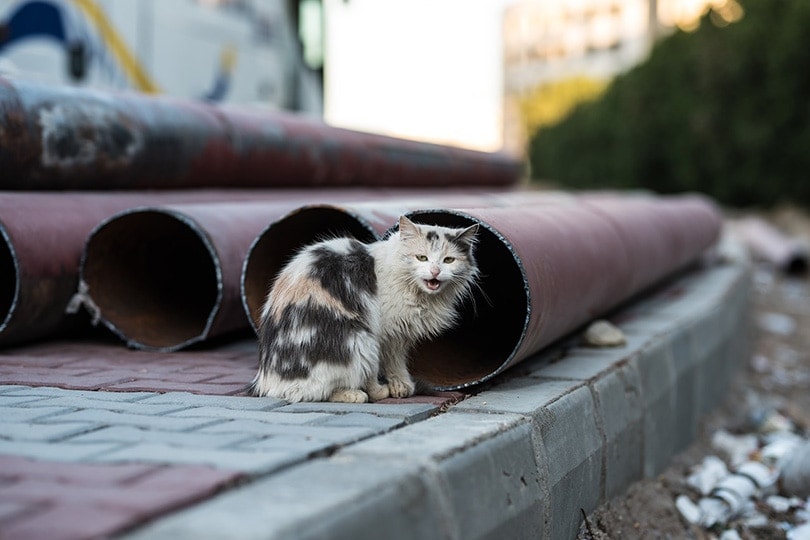
Feral cats are often misunderstood, ignored, and regarded as pests. But it’s important to remember that feral cats are not wild animals. There are many misconceptions about these felines, creating a stigma around them.
In simple terms, “feral” is used to describe any animal that exists in a wild state. Feral cats do not live in homes like pet cats but still rely on human settlements for nourishment. Learning about these felines can help us understand their needs and how best to care for them. Here’s a selection of 10 facts about feral cats you might find interesting.
The 10 Feral Cat Facts
1. Feral Cats Are Domestic Cats
Yes, feral cats are domestic animals that people once owned. They either escaped or were abandoned by their owners and reproduced in the wild.
These cats are called feral because they were raised without human contact. Feral cats are often difficult to catch since they are used to avoiding human contact. You may see them around your neighborhood or in a feral cat colony.
Feral cats can live healthy and successful lives outside of human care. They don’t need to be fed by humans and can hunt for food to fend for themselves.
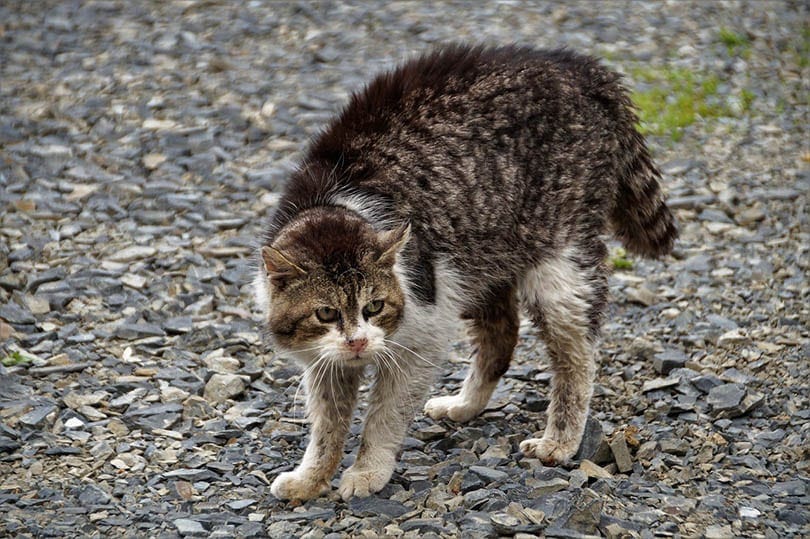
2. Feral Cats Form Colonies
Feral felines form colonies to hunt for food and shelter. The size of this colony can be anywhere from just two cats to 15 felines. Higher and easier availability of food translates to bigger cat colonies.
Feral cats are amiable within their colonies. They hunt for nourishment together and also rear their young in the territory. The colony will mainly consist of females. Male cats stay on the periphery and may be involved in multiple female groups.
Felines don’t get aggressive in a colony due to a strong familiarity between the group. Aggression only occurs when male kittens are excluded from the settlement after reaching sexual maturity or when outsiders come into the colony with unknown scents. The females in the group get together to keep other animals off their territory.
3. Feral Cats May Be Tamed
Positive human association and socialization are key strategies for taming feral cats, but not all cats can be socialized, which you should respect.
The cat’s previous experiences with humans and its personality will determine whether it will warm up to humans. The first step in taming a feral cat is ensuring a constant food supply.
Cats become domesticated mainly due to the contentment that comes with the idea of access to food without effort. So, if you want to tame a feral cat, you should start here. After a few days, you can also incorporate treats into this routine.
Do not touch the cat unless you’re sure it’s comfortable with you. You should look for signs of comfort, such as being near you or allowing you to pet it, as an indicator that they’re warming up to humans.
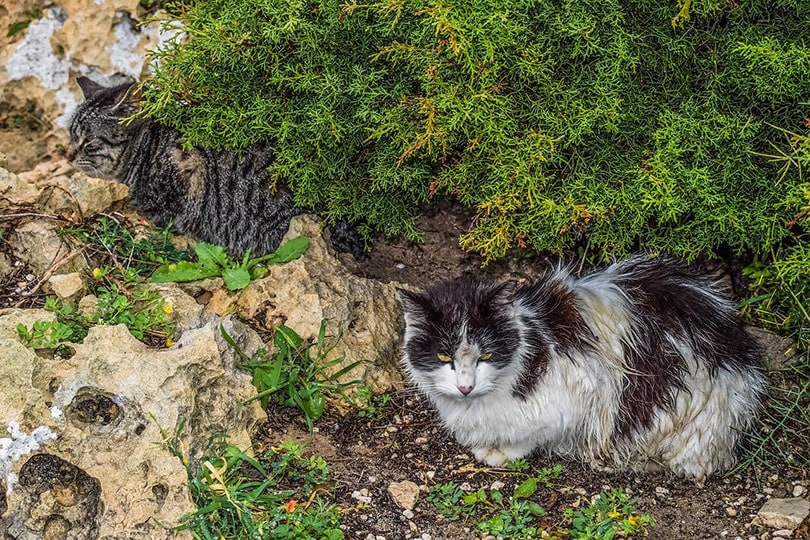
4. Feral Cats Are Not Strays
A stray cat is a domesticated pet that has been abandoned, lost, or otherwise removed from its home. On the other hand, feral cats are born and raised in the wild and can fend for themselves.
It’s important to distinguish between these two types of cats as they require different approaches. Strays will usually be easier to domesticate, as they already have human contact and are used to living with people.
5. Killing Feral Cats Is Not the Solution
A common misconception about feral cats is that killing them will reduce their numbers. That’s not true. Since feral cats live in colonies with males territorializing multiple colonies, they can find mates easily. So, they reproduce quickly, replacing the cats that were killed.
The best approach is to leave feral cats alone unless they pose a direct threat to humans.
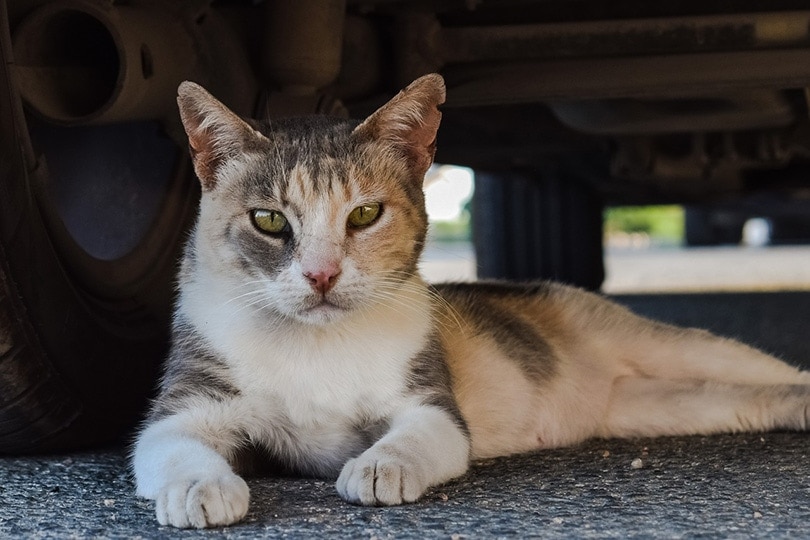
6. TNR Is the Way to Control Feral Cats
TNR stands for Trap, Neuter, and Return. It is the only method for controlling the feral cat population that works. The cats living in a feral colony are trapped and taken to a veterinary clinic where they are neutered or spayed.
The vet will also vaccinate them for rabies at times. After recovery, the cats are taken back to their territories. Since these cats can no longer reproduce, there’s a decline in the size of the colony over time.
Neutering cats also reduces aggressive behavior and noises that might disrupt the human population in the area during the feline mating period. Once neutered, the cats do not yowl or fight as they do when in heat.
TNR is also a more humane approach compared to euthanizing. Moreover, the latter is ineffective since there are too many cats and only a few animal control resources. But TNR works on a colony and community level. On the feline colony level, it allows a sterilization rate of up to 100%. On the community level, it reduces the nuisance, noise, and risk of disease that comes with an overgrowing feral cat colony.
7. Feral Cats Can Live a Healthy Life Outdoors
Just because a cat is feral doesn’t mean it has a low quality of life. Feral cats do not need domestication to live a healthy life outdoors. They can find food and companionship in their colonies. They also tend to be healthier as they get more exercise than cats that stay indoors.
Humans can help feral felines by providing outdoor shelters to help protect them from harsh weather and predators.
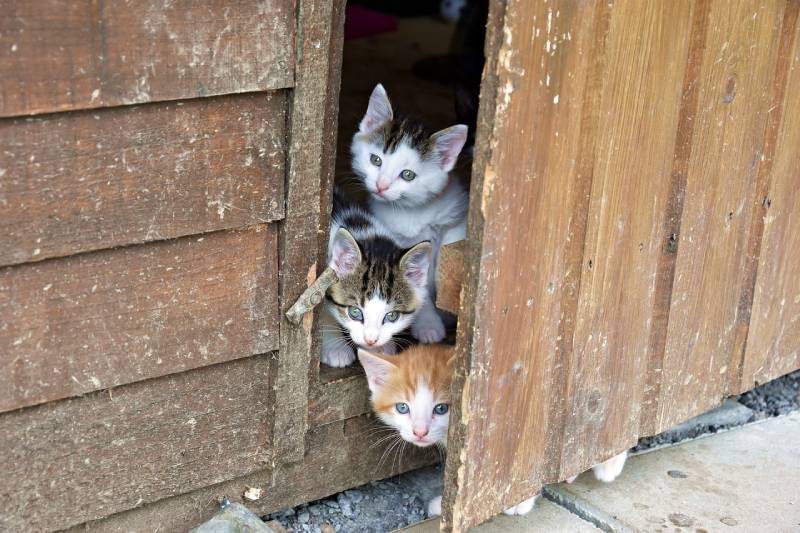
8. Feral Cats Can Spread Rabies
Cats, feral or domesticated, can be a risk to human health because they act as reservoirs of zoonotic (caused by animals) diseases like rabies. However, this shouldn’t be much of a concern as long as you keep your distance from the cats.
Feral cats should also be vaccinated against rabies, reducing the chance of disease transmission to humans. Many feline care organizations provide low-cost or free rabies vaccinations for feral cats.
9. Feral Cats Benefit the Environment
Feral cats play an essential role in the environment by reducing the population of small rodents, such as mice and rats. While they may not be able to eradicate rodents, they can minimize the rodent population.
The Tree House Humane Society placed two to three feral cats outside homes in Chicago to keep a check on the rodent population. The society’s Cats at Work program is one of the examples of how feral cats can be a ‘green’ solution to the rodent problem.
Even if the cats don’t kill all the rodents, their pheromones help discourage rats from entering the premises, thus keeping homes free of pests.
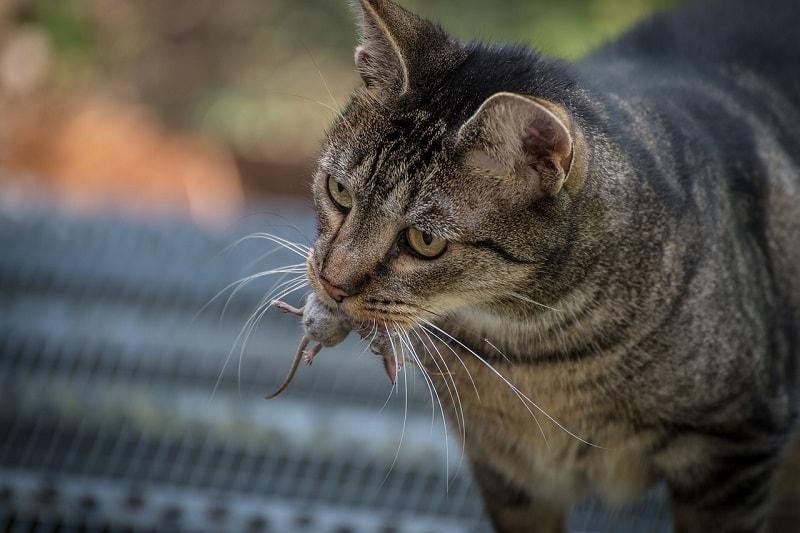
10. Feral Cats Don’t Vocalize at Humans
Unlike stray cats, feral cats do not usually meow at you. They will slink or cower close to the ground to hide from humans. You’ll also rarely see them during the day as they try to avoid human interaction.
Can Feral Cats Become House Pets?
Although there’s a low chance of success, some feral cats can transition from an outdoor lifestyle to becoming a house pet. Every feral cat will be skittish on the first interaction with a human, but you may be successful in making a pet out of a feral cat if you introduce yourself gently and gain their trust.
Start by offering the cat a safe hiding place, such as a box or cat carrier. You should also provide food and water bowls that the cat can access without coming too close to you.
While you’re doing this, don’t try to pet or touch the feline. Let the cat make the first move. Or, if you’re confident that the cat will not attempt to run off, gently move your hand toward the cat while it is eating and pet it softly.
Continue to give the cat respect, space, and time. You can sit nearby to become part of its environment, but don’t try to encroach on its boundary. Eventually, the cat might start to come closer, purr, and even lean on you.
Once your cat is comfortable with being petted, you can introduce games and toys. Bring a litter box in the picture. If you’re successful, your little friend will enter your house and remain there for good.
You should also ensure your pet has been spayed or neutered. Take the cat for rabies vaccination and routine check-ups as well.
Conclusion
Feral cats do not easily warm up to humans since they’re not used to human interaction. They typically live in colonies and are very territorial about their space. A colony finds food and rears young together, with males on the periphery and females forming the core.
TNR is the only effective way to control a feral cat population. Rabies vaccinations can ensure feral cats do not become a threat to humans while benefiting the environment by keeping the rodent population in check.
Featured Image Credit: museumsmaus, Pixabay

